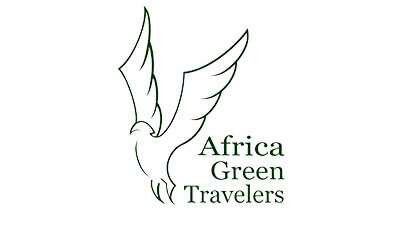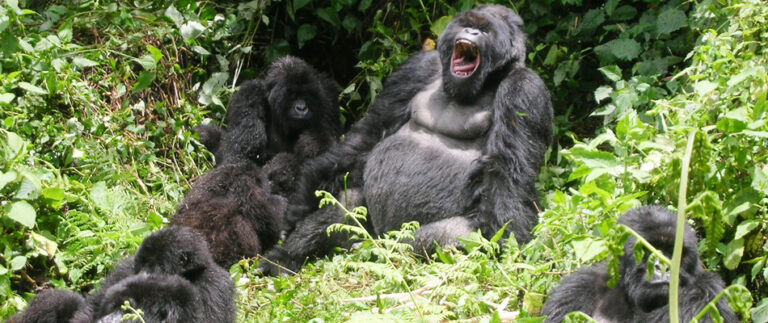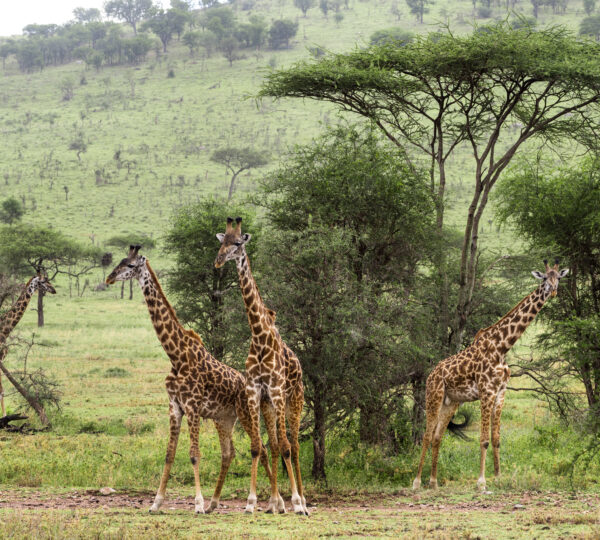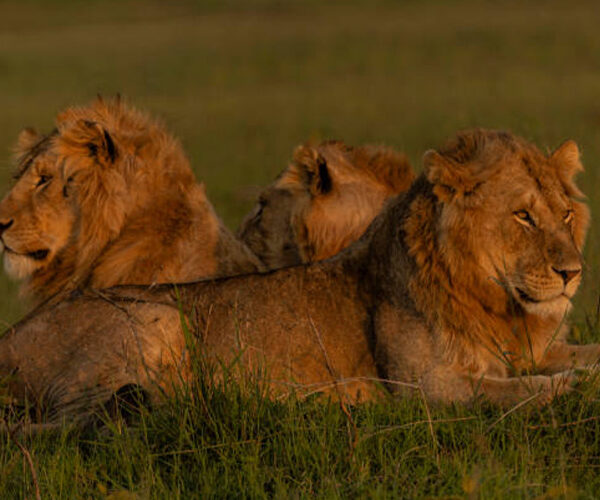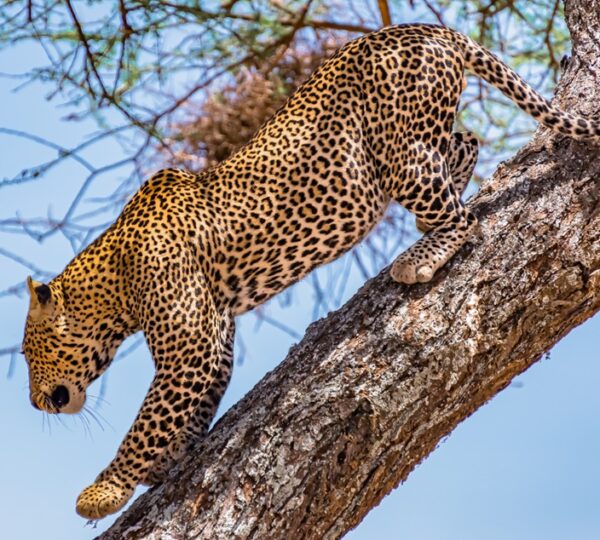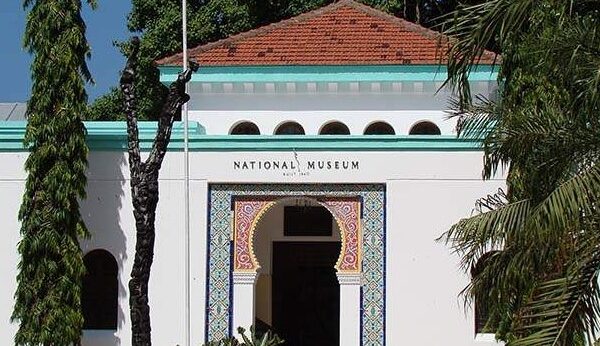Gorilla Trekking: Uganda vs Rwanda – Which is the Ultimate Choice?
Both destinations offer exceptional experiences, but the ideal choice varies based on individual preferences. In this article, we’ll explore the disparities between gorilla trekking in Uganda and Rwanda, highlighting key factors to aid in your decision-making process.
Comparision 1. Number of Permits
Gorilla trekking stands as one of Africa’s most exceptional wildlife encounters, steadily gaining popularity. Fortunately, stringent regulations safeguard these magnificent creatures, with a limited number of permits issued daily. Each day, only eight visitors are permitted to spend an hour with a habituated gorilla group. Rwanda boasts 12 available groups for tracking within Volcanoes National Park, while Uganda offers approximately 20 groups within Bwindi Impenetrable National Park and a sole group within Mgahinga Gorilla National Park.

Mgahinga Gorilla National Park nestled within the Virunga Mountains offers an incredible gorilla trekking experience, potentially ranking as my favorite. However, due to its single gorilla group and limited accommodation options nearby, it remains a less frequented choice. For the sake of this blog, I’ve excluded this off-the-beaten-path gorilla sanctuary from consideration. The ensuing comparisons are between the two foremost and easily accessible gorilla trekking destinations: Bwindi in Uganda and Volcanoes National Park in Rwanda.
Comparison 2. Price
Another crucial aspect to ponder when comparing gorilla trekking experiences in Uganda versus Rwanda is the cost. The fee for a gorilla trekking permit in Uganda stands at US$700 per person, while in Rwanda, it amounts to US$1,500. This represents a substantial difference. Nevertheless, one could argue that this variance might not be significant when integrated into a 10-day holiday package. It’s important to note that these fees exclude additional travel arrangements such as transportation, guides, accommodation, etc. They solely cover the activity itself, including the park ranger who guides the gorilla trekking expedition and the trackers who precede to locate the gorillas. Tips for the guide, trackers, and optional porter services are extra.
Compariosn 3. Trekking Conditions
Generally speaking, trekking conditions often lean towards being slightly more favorable in Rwanda compared to Uganda, although this isn’t a universal rule. Conditions can vary daily based on the gorillas’ location. Each gorilla group claims its own territory, with some being more accessible than others. After heavy rainfall, paths in the forest can become extremely slippery, particularly evident in Bwindi, which experiences significant rainfall year-round. Trails in Rwanda typically remain well-defined, whereas those in Uganda tend to be steeper and more overgrown. However, it’s worth noting that the high altitude in Rwanda may pose a challenge for some individuals.
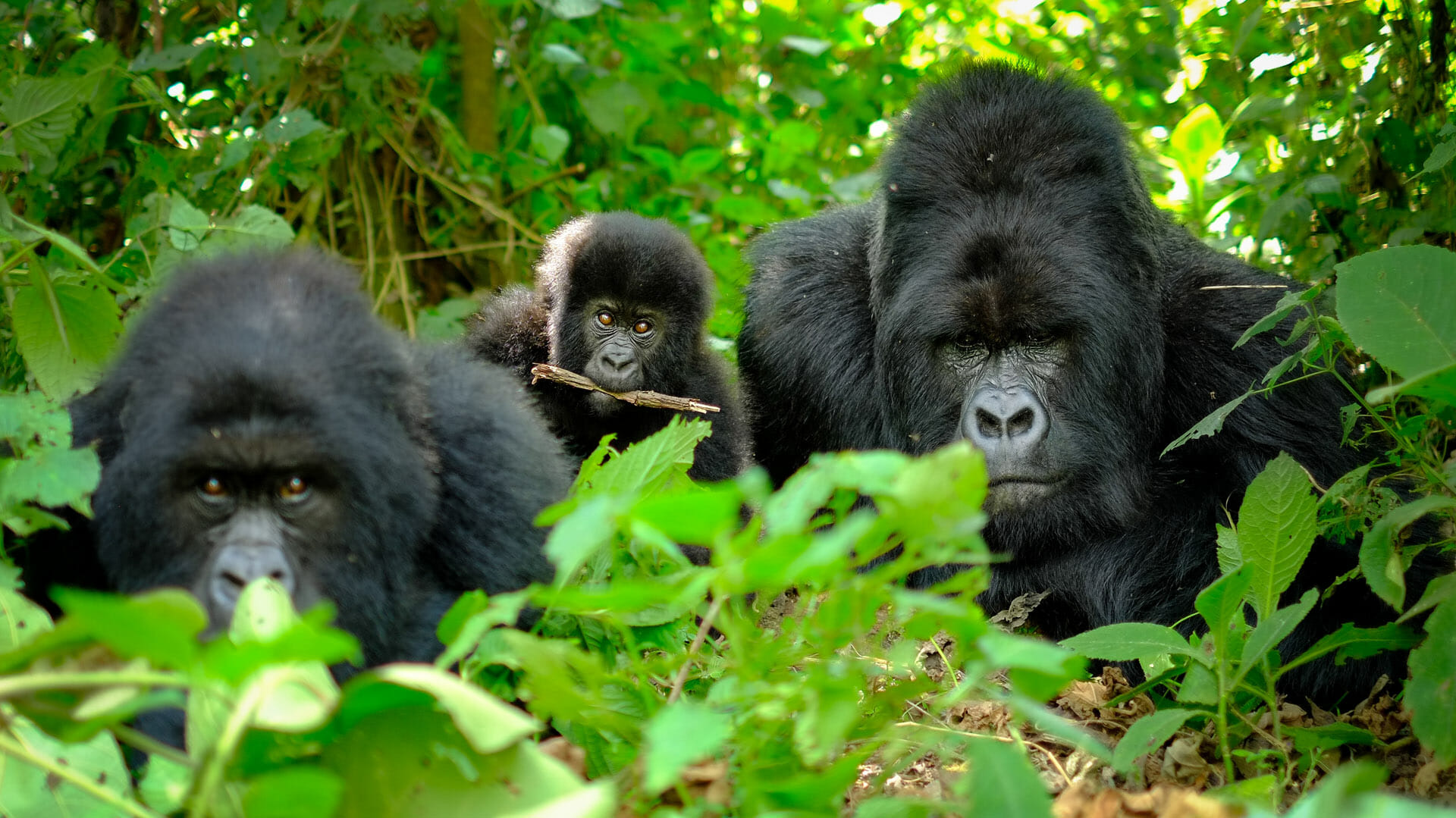
Comparison 4. Best Time to Go
The optimal period for gorilla trekking in Rwanda and Uganda falls between June and August, with somewhat favorable conditions extending into December to February, characterized by drier weather. During these months, trails are typically less slippery, making forest hiking more manageable, and the likelihood of rain interrupting your experience is reduced. Volcanoes National Park in Rwanda generally experiences lower overall rainfall, maintaining favorable conditions from May to February. However, Bwindi is a rainforest where rain can occur at any time. Despite this, gorilla sightings are still possible. By avoiding the peak rainy seasons (April to May and October to November), you can ensure a more pleasant experience. Waterproof jackets are essential gear regardless of the season.
